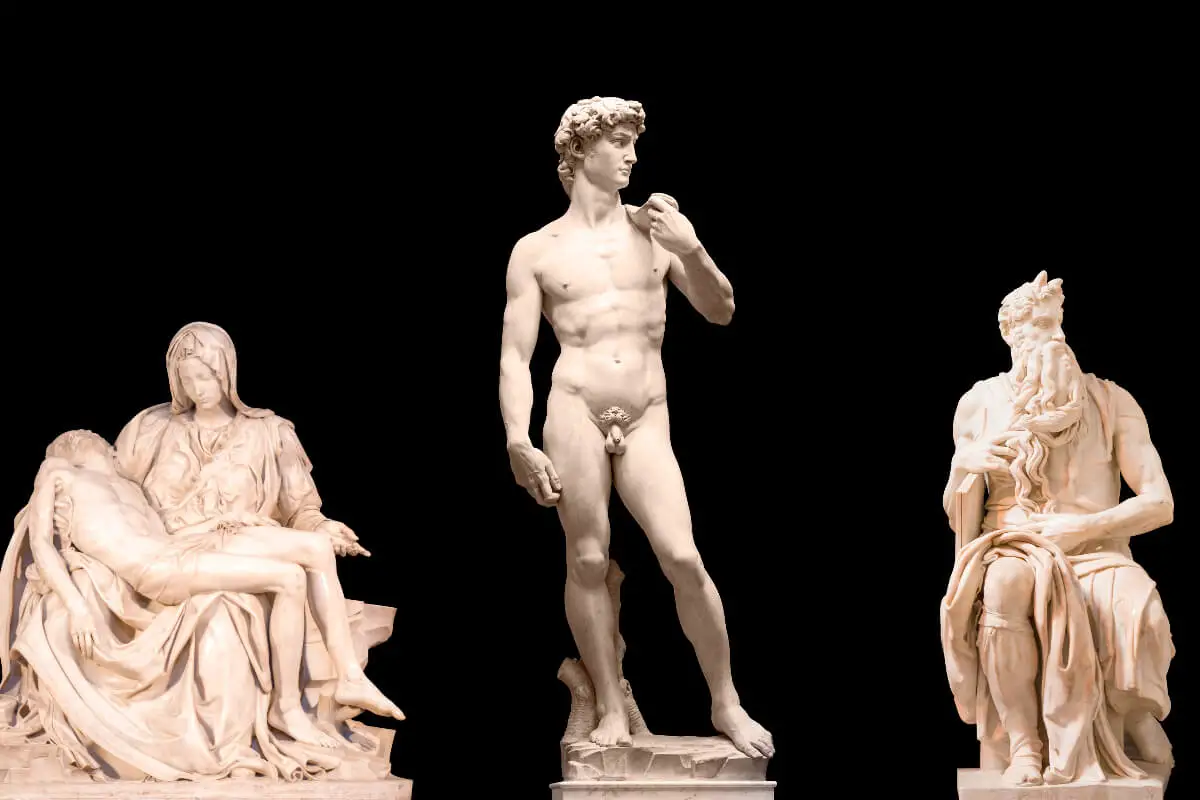When peering into the annals of art history, few names command as profound a respect and whisper tales of unparalleled brilliance as that of Michelangelo Buonarroti. Enshrined within the pantheon of Renaissance masters, his work encapsulated the era’s humanistic spirit and elevated the standard for artistic greatness.
From the towering dignity of ‘David’ to the divine agony of the ‘Pieta,’ his enduring creations are as much a dialogue with the divine as they are with flesh and stone. Yet, it was beneath the vaults of the Sistine Chapel where frescoed figures soared, revealing the celestial tapestry of a genius who shaped his cosmos.
Table of Contents
- Michelangelo’s Artistic Genius
- Michelangelo’s Influence and Legacy
- Michelangelo’s Contemporaries and Rivals
- Techniques and Artistic Innovations
- Related Questions
Michelangelo’s Artistic Genius
In the rich tapestry of art history, the Renaissance marks a period of extraordinary human awakening. Within this golden age, Michelangelo Buonarroti towers as a colossus, epitomizing the Renaissance artistic spirit par excellence.
His work is not merely a reflection of individual brilliance but a beacon that casts light on the ethos of an era relentlessly pursuing beauty, knowledge, and human potential.
Firstly, Michelangelo’s multifaceted genius harmonizes with the Renaissance ideal of the “uomo universale” or the universal man. This idea, championed by luminaries such as Leon Battista Alberti, glorified a well-rounded mastery of diverse disciplines. Michelangelo, the sculptor, painter, architect, and poet, excelled in myriad mediums with an unparalleled depth of skill, embodying this polymathic ideal.
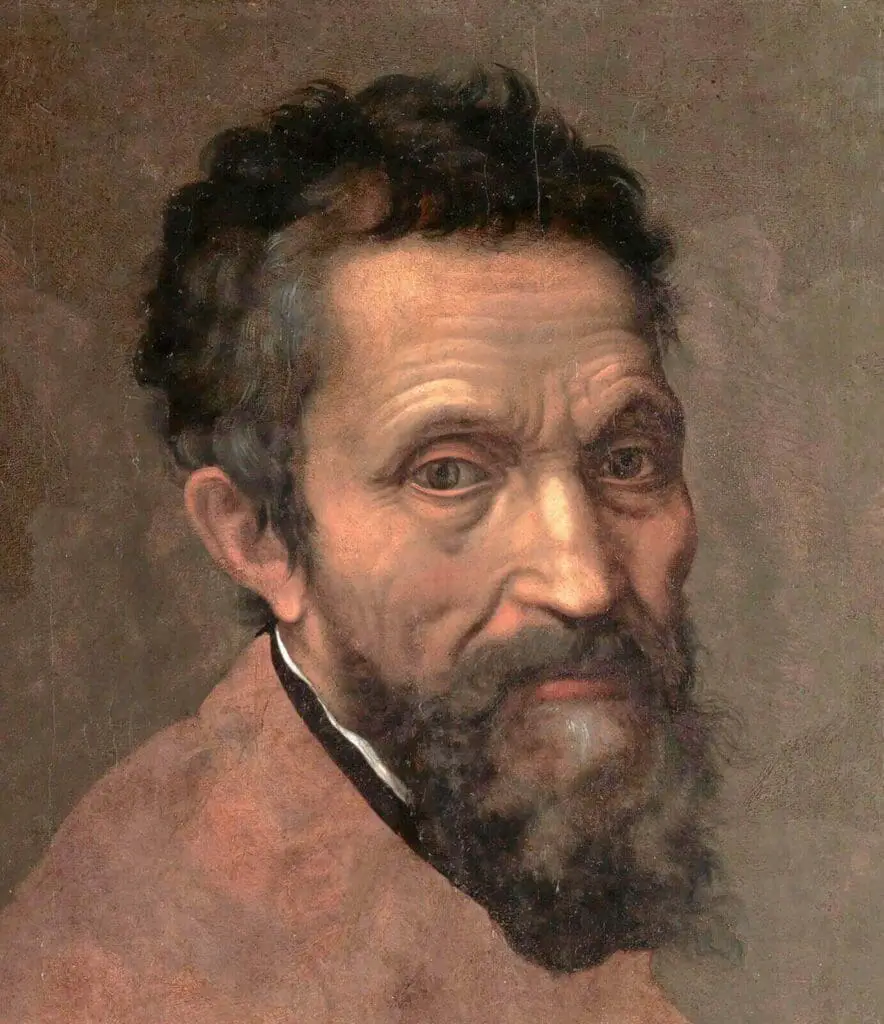
Sculpture, wherein Michelangelo’s soul finds its most fervent expression, showcases his pursuit of an idealized human form. Works like ‘David’ and the ‘Pietà’ symbolize the Renaissance’s elevation of humanity to a near-divine status.
His ‘David’ stands not just as a biblical hero but as an emblem of the city of Florence—proud, beautiful, and defiant. The anatomy of these sculptures hearkens back to the classical obsession with proportions and musculature, revealing an intimate study of ancient sources combined with an acute observation of the human body.
Michelangelo’s paintings, particularly the ceiling of the Sistine Chapel, fuse biblical narratives with masterful artistry, demonstrating the Renaissance trend of revisiting and revitalizing classical themes.
His figures are robust, dynamic, and imbued with a profound psychological depth, capturing the human spirit with divine grandeur. Through his brush, theology is taught and felt as viewers behold the ‘Creation of Adam’ and confront the moment of humanity’s divine spark.
As an architect, Michelangelo’s work on St. Peter’s Basilica represents yet another cornerstone of the Renaissance—humanism. The grand, balanced design exalts the human experience within spiritual spaces, resonating with the humanist focus on proportion, perspective, and light.
Further, the artist’s architectural endeavors sustained the cultural reverence for classical antiquity, repurposing its principles for contemporary relevance.
Emblematic of the innermost ambitions of the Renaissance, Michelangelo’s ongoing quest for perfection pushed him towards terrains of boundless exploration. His unfinished works, the so-called ‘non-finito’ sculptures, speak to the heart of the artistic experience during this period—an unyielding struggle for an ideal, a ceaseless journey toward artistic transcendence.
Michelangelo’s profound influence across multiple artistic domains marks a zenith in Renaissance artistry and philosophy. His works embody the celebration of the human form, the embrace of a multidisciplinary approach to art, the revival and reinterpretation of classical themes, and the humanist emphasis on individual potential.
In Michelangelo, we witness the consummate Renaissance spirit: a restless exploration of humanity, divinity, and the profound potential enshrined within the language of art.
Michelangelo’s Influence and Legacy
Michelangelo Buonarroti’s immeasurable impact on the world of art reverberates through the centuries, touching not only his contemporaries but also generation upon generation of artists who have followed in the giant footsteps he left behind.
Delving deeper into this maestro’s legacy, one uncovers the layers of influence that extend beyond the aesthetics of his creations, imprinting upon the conceptual and technical evolutions within the art world.
For instance, the psychological intimacy achieved in Michelangelo’s work pioneered an expression of internal human experiences that transcended the previously more rigid and reserved portrayals of figures.
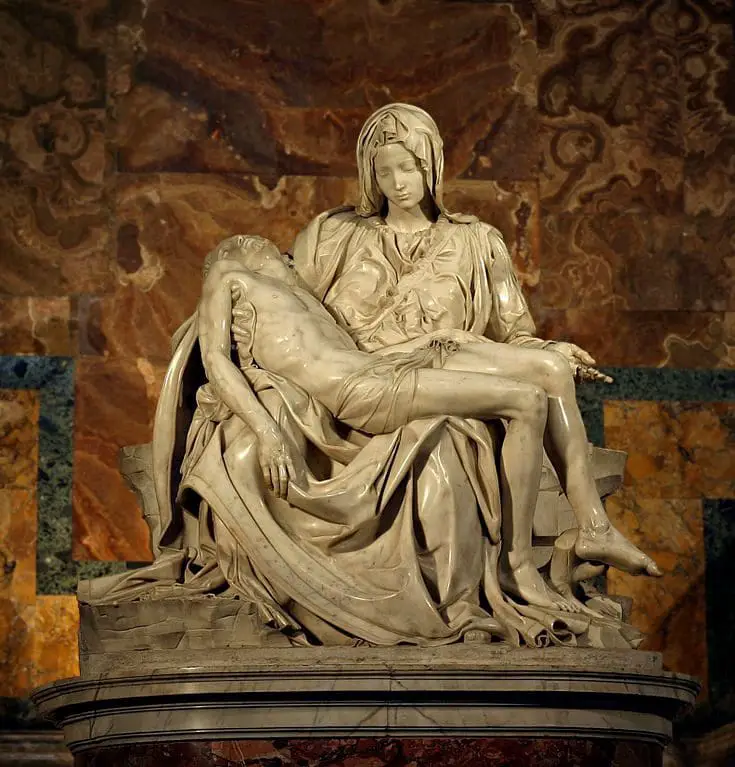
The palpable emotions carved into the stone of Pietà and the painted visages of the Sistine Chapel ceiling encourage artists to probe the depths of human nature within their works. This introspective approach has paved the way for movements prioritizing art’s emotional and psychological aspects, from Romanticism to Expressionism.
Moreover, Michelangelo’s sophisticated understanding of anatomical structure and rendition of powerful muscular forms exude a sense of vitality and movement that continues to influence realistic and figurative art today.
His work remains a fundamental reference point in academic art training, underscoring the importance of human knowledge in creating art that resonates truthfully with human experience. Contemporary artists continue to reference his oeuvre, seeking inspiration to explore the human form, whether through traditional sculpture or modern artistic mediums like digital art.
Conceptually, Michelangelo’s bold pursuit of dynamic compositions and complex narrative scenes have propelled the role of narrative in the visual arts, encouraging artists to think cinematically. The sprawling, intricately detailed scenes of the Last Judgment are precursors to the grand narrative frescoes and murals that later adorned public and sacred spaces worldwide, a testament to the enduring storytelling aspect of visual art.
Regarding technical innovation, Michelangelo’s fearless approach to architectural projects, such as the ingenious design of the Laurentian Library with its dramatic Mannerist elements, set a new bar for integrating architectural and visual arts that would inspire Baroque and subsequent architects.
His creative genius demonstrated the possibilities inherent in marrying utility with sublime aesthetic form; a principle echoed in the designs of Frank Lloyd Wright and Zaha Hadid.
His impact is also palpably felt in modern artistic thought philosophies. The insistence on originality and the uncompromising dedication to artistic integrity espoused by Michelangelo resonate with contemporary values of artistic authenticity.
In teaching artists to value innovation over mere replication, Michelangelo’s influence is instrumental in developing unique artistic voices that defy passive conformity to prevailing trends.
Internationally, Michelangelo’s reach extends to the broad swathe of visual culture. His works have become synonymous with cultural literacy, an iconography utilized in many contexts, from high art to popular media, thus shaping the collective artistic consciousness.
His oeuvre has enriched the realm of fine arts and infiltrated the general discourse, introducing broad audiences to the elevated potentials of art.
The scope of Michelangelo’s imprint on art and artists cannot be overstated. It has forged centuries of rich dialogue and continually prompts artists to challenge their boundaries. Even now, his enduring masterpieces stand as the silent yet powerful custodians of a legacy that has fundamentally sculpted art history.
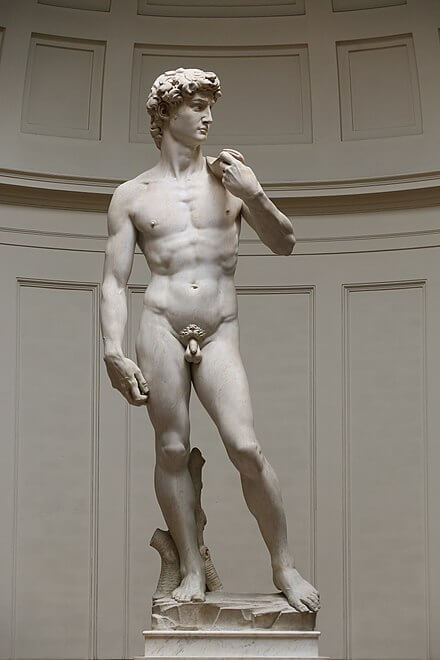
Michelangelo’s Contemporaries and Rivals
Michelangelo Buonarroti, a towering figure of extraordinary creativity and skill, casts a long shadow across the expanse of art history. Residing at the heart of the Italian Renaissance, his contemporaries were equally illustrious masterminds sparked by mutual competition that incited fervent surges of artistic development.
During this period of intense artistic rivalry, they fostered unprecedented growth as titans of the arts vied for prestige and patronage.
Among Michelangelo’s notable contemporaries was the graceful and ingenious Raphael Sanzio. His serene and harmonious compositions, epitomized in the “School of Athens,” present a striking counterpoint to Michelangelo’s vigorous approach.

Raphael’s ability to synthesize the teachings of his predecessors, like Leonardo da Vinci, contributed to his distinct narrative clarity that can be seen as a quiet retort to Michelangelo’s more tumultuous visions.
Leonardo da Vinci, a polymath whose wide-ranging interests paralleled the universal man, engaged in a discreet rivalry with Michelangelo. Though significantly older, Leonardo’s work, like the enigmatic “Mona Lisa,” shares the psychological depth evident in Michelangelo’s frescoes and sculptures.
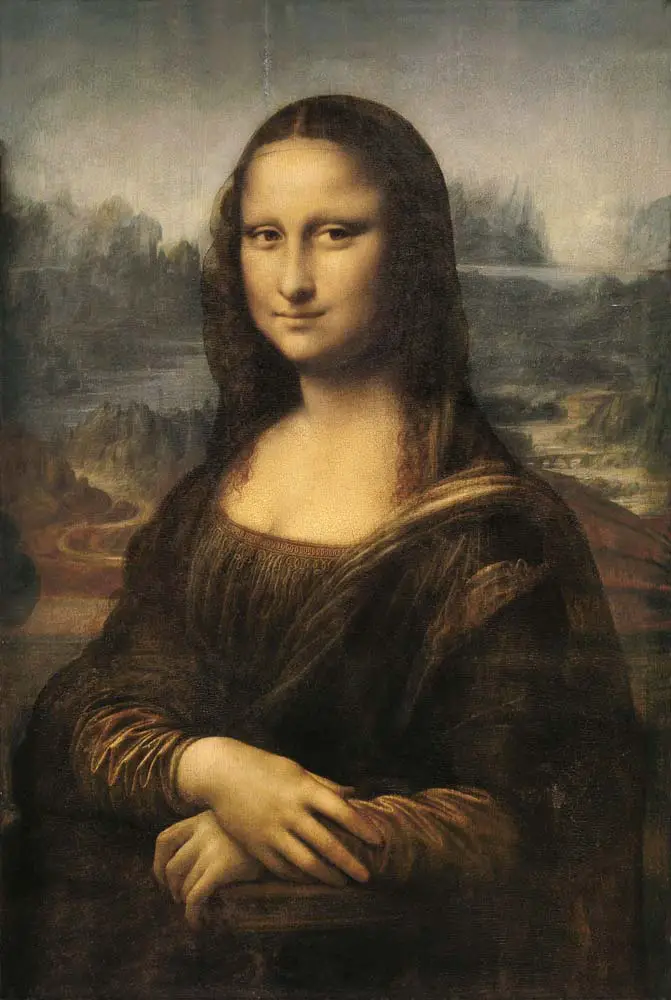
Their divergent techniques underscore an essential tension in Renaissance art: between Leonardo’s sfumato, which blurred lines to create atmospheric depth, and Michelangelo’s precise chisel carved raw emotion from marble.
Benevolent rivalries also existed within the field of sculpture. For example, a bit later, Gian Lorenzo Bernini drew inspiration from Michelangelo’s powerful expressions in marble. He translated the bravura and kinetic energy of this master into a baroque idiom, achieving dynamism in works like “Apollo and Daphne.”
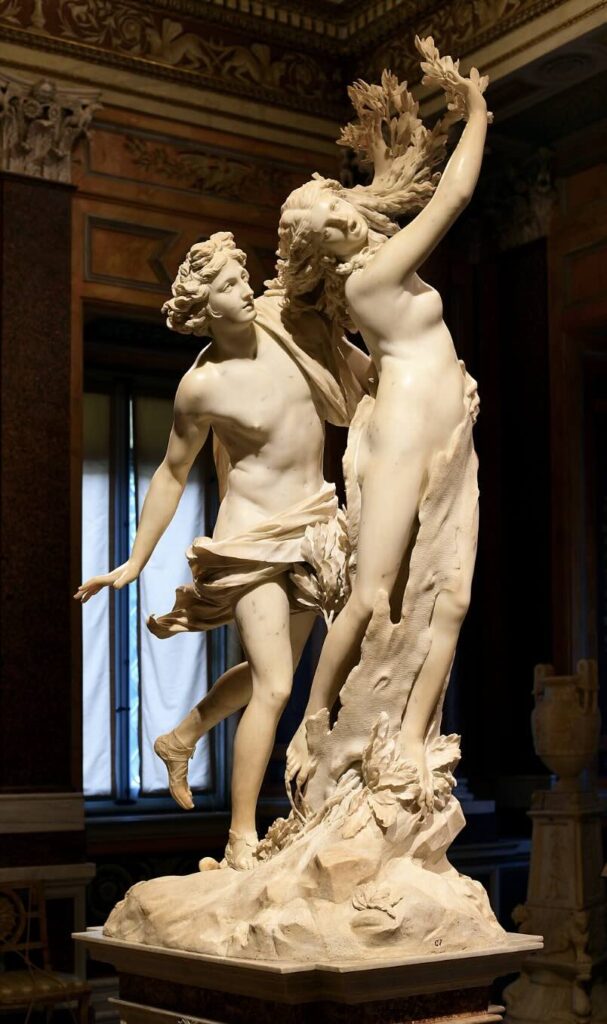
Similarly, Jacopo Tintoretto, another titan of the time, brought Michelangelo’s robust forms and dramatic lighting into the Venetian painting tradition, achieving a grandeur in scale and emotion that owes much to the master’s influence.
A less-known but equally capable contemporary was Giulio Romano, Raphael’s student. His force and architectural perspective reveal a world defined as much by Michelangelo’s influence as by his mentor’s finesse.
However, it’s perhaps Michelangelo’s connection with the sculptor Pietro Torrigiano – known for breaking Michelangelo’s nose during a about of anger – that epitomizes the acrid side of artistic rivalry during the Renaissance.
Torrigiano’s, though overshadowed by his contemporary’s success, expresses a profound tension and competitive drive to achieve artistic mastery, which is unfortunately more remembered for its antagonism than artistry.
This intricate web of influence and rivalry shaped the course of each artist’s career and pushed the boundaries of what art could achieve. The competitive atmosphere was a crucible for innovation, prompting technological advances and thematic complexity reverberating through art history.
These figures’ relationships epitomized the intricate interplay between individual genius and collective cultural achievement. While their lives were steeped in vigorous competition, their legacies illustrate a rare synergy that has become a foundational chapter in the story of art.
From private commissions to grand public spectacles, their works manifested the era’s greatest virtues: a passionate quest for knowledge, an unwavering commitment to craft, and an enduring impact that inspired future generations.
Techniques and Artistic Innovations
The ingenuity of Michelangelo Buonarroti’s techniques reached far beyond the common artistic practices of the Renaissance, setting standards that would captivate and inspire for centuries. One such innovation is seen in his manipulation of contrapposto, the classical pose that imbues figures with the essence of movement.
He mastered this to a degree previously unseen, most famously encapsulated in his statue of David, where the dynamic tension and poise reflect a psychological depth that transcends marble.
Venturing into his painting techniques, one must acknowledge how Michelangelo elevated fresco painting. The fresco work on the Sistine Chapel exhibits breathtaking artistry and technological innovation.
Preparing intonaco (the final, fine-coat plaster on which a fresco is painted) to the perfect moisture level for true fresco, Michelangelo developed a method that allowed him to work at a pace that suited his meticulous process, avoiding the rapid execution other frescos demanded. His strategy of working section by section instead of day by day allowed for unprecedented detail and depth.
Michelangelo’s intricate understanding of light and shadow—chiaroscuro—manifested not only as a painting technique but was also ingeniously applied to sculpture. He carved stone to capture light in a way that would embellish the anatomical realism and emotional resonance of his figures, creating an almost tangible aura around them.
This deep understanding of light manipulation later informed Baroque artists who sought to emulate such dramatic effects in their canvases.
Michelangelo’s capriccio, the playful harmony between various architectural elements, introduced a degree of narrative into structures that would otherwise stand stoic.
His work on the Laurentian Library stairs showcases a whimsical defiance of typical formality, inviting viewers to experience architecture as an interactive art form. Such conceptual advancements laid the groundwork for the Baroque and even the Rococo movements, where elaborate and theatrical designs became paramount.
However, what may be seen as Michelangelo’s most telling innovation is his embrace of nonfinito, the intentional unfinished quality of some of his sculptures. This technique suggests a metaphysical struggle between form and substance, manifest and unmanifest, the living essence within marble struggling to free itself.
This powerful metaphor for the artistic process influenced countless artists who sought to focus on the tension and expressiveness of their medium rather than merely the final form.
On a broader scale, Michelangelo’s artistic practices promoted a narrative and almost cinematic quality in visual arts, evoking a level of storytelling that subsequent generations would strive to replicate.
Artists learned to choreograph sequences, rendering scenes that suggest before and after, encouraging us to draw upon our imagination to complete the picture, effectively drawing the viewer into the historical moment.
Michelangelo’s indelible imprint on the notion of the artist as a singular genius irrevocably shifted the cultural values around artistic creation, emphasizing originality and authenticity. This ethos of the autonomous, innovative artist became the driving force behind movements like Neoclassicism and later the Avant-Garde.
Finally, the international acclaim and cultural significance of Michelangelo’s works are as wide-reaching as they are profound. They continue to influence artists across the globe, transcending the boundaries of time and geography to inspire a universal dialogue about the human condition, creativity, and beauty—a true testament to an artist who intricately wove the narrative of art into the texture of history itself.
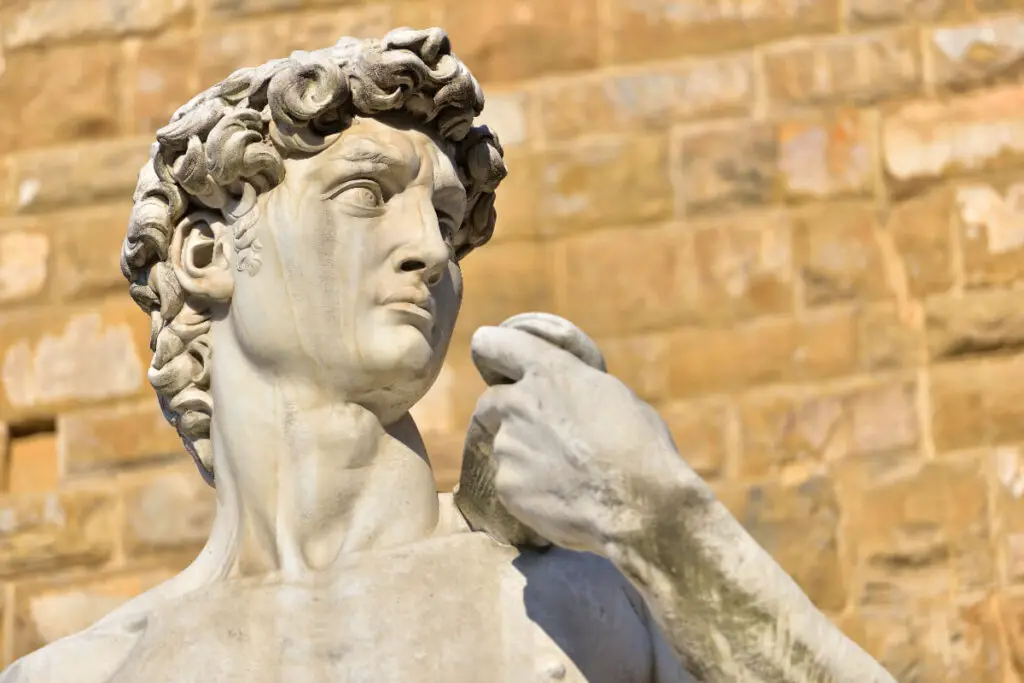
The sheer breadth of Michelangelo’s artistic oeuvre mirrors the tumultuous yet magnificent vistas of his inner life, each creating a vignette into the convictions and conflicts he bore.
His works, nestled in the annals of history, radiate with the vigor of his beliefs and the poetry of his soul. Echoing through the corridors of time, the legacy left behind by Michelangelo is not simply one of marble and paint but a blueprint of human potential and an eternal wellspring of inspiration.
As the lights of the Renaissance faded, they left in their wake a silhouette of Michelangelo – not just the artist, but the man who, through his echoes in stone, fresco, and thought, continues to converse with us about beauty, faith, and the indomitable human spirit.
Anita Louise Art is dedicated to art education, great artists, and inspiring others to find and create their art. We love art that uplifts and inspires. #ArtToMakeYouSmile! #ArtToMakeYouHappy!
If you want to see any of my art, you can find out more by clicking here. If you are interested in what inspires me and my paintings, you can discover more by clicking here.
We have a free newsletter and would love you to be part of our community; you can subscribe to the newsletter by clicking here. If you have any questions, I would be happy to talk to you. You can reach me, Anita, by clicking here.
Subscribe to our Anita Louise Art YouTube Channel filled with great videos and information by clicking here.
Join us for our podcast “5 Minutes With Art.” Spend just 5 minutes a week with us to discover and learn about great art and artists. You can find out more about our podcast by clicking here.
Related Questions
How Did Vincent Van Gogh’s Paintings Become Famous?
Vincent van Gogh’s painting became famous because his sister-in-law took it upon herself after his death and the death of her husband Theo to find a way to get his paintings and name out to the world. She was brilliant and savvy in how she did this. By the time she died in 1925, Vicent van Gogh was world renown.
By clicking here, you can learn more by reading How Did Vincent Van Gogh’s Paintings Become Famous?.
Why Is Van Gogh Considered Such a Great Artist?
Many things make Vincent Van Gogh unique and great as an artist. He had a great way to use color in his heart, but more than that, he was an artist who set and paved the way, and his brushstroke technique used color and his design ability. What is interesting about all this he did this as a self-taught artist.
By clicking here, you can discover more by reading Why Is Van Gogh Considered Such a Great Artist?
What Was The Impact Of Vincent Van Gogh On The Art World?
Van Gogh used color, form, and emotions in his art. He had a bright palette that was individualized for his time. Even though he did not see a lot of success during his life after he died, the impact of his art can be seen in both the Expressionism and Fauvism movements that were taking place in Europe.
By clicking here, you can learn more by reading What Was The Impact Of Vincent Van Gogh On The Art World?

